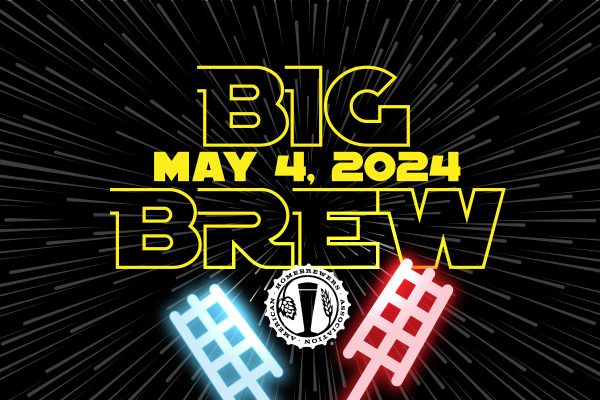
This post was originally published on BrewmanceMovie.com. Learn more about the Brewmance documentary, which follows three groups of homebrewers as they adventure into the world of professional craft brewing.
* * *
In the dark times of beer of the 1970’s, there was a narrow and boring selection of beers commonly available to America. This was a time of bland, fruity lagers and pilsners pushed by the big brewers Budweiser, Miller, and Schlitz. Coors was at one time considered a Rocky Mountain revelation with it’s crisp mountain-brewed taste, but there wasn’t much diversity to choose from. If you were a progressive drinker, you might have opted for a traveled import from England or Germany, but even those beers were a mere mild step above domestic suds.
Into this wasteland stepped a few intrepid explorers, the most notable of whom was free thinking Charlie Papazian. While teaching at a private school in Boulder, Colorado, Papazian would hold weekly home brewing classes in his living room. Papazian had learned how to brew a barely drinkable prohibition-style home-brew from a neighborhood old-timer, and he began vigorously home brewing in college – much to the delight of his friends. Charlie studied nuclear engineering in college, and his precise, empirical approach would serve him well in his pursuit of better tasting beer.
After being introduced to Michael Jackson’s seminal book The New World Guide to Beer, Charlie’s world changed, and Papazian began to explore the realm outside American lagers. That same year – 1978 – President Jimmy Carter signed bill H.R. 1337 legalizing home brewing nationwide. The American beer revolution was on.
At that time there were a fair amount of books on home brewing available from England, but few/none in America. There was quite a bit of home brewing in England at the time, but most home brewers there were looking to brew cheap, high-alcohol beers to skirt the high taxes of that country. Beer in America was relatively cheap at that time, the product of extremely efficient mega breweries who produced lager beers.
The home brewers who were producing cobbled together whatever they could to make their beers – kettles for mashing, used water dispensers for pitching, recycled bottles for fermenting. Perhaps unwittingly, they became revolutionaries, taking back flavor and taste for themselves (and their friends) in defiance of the soul-less behemoth of corporate beer.
Charlie Papazian ultimately put his knowledge to print with the iconic The Complete Joy of Homebrewing. That book, along with John Palmer’s How to Brew, remain the bibles of home brewing. Papazian was the first publisher of Zymergy, and founded the American Homebrewer’s Association in 1978 and the Brewers’ Association in 2005. Some of those early home brewers – ambitious ones such as Ken Grossman of Sierra Nevada, Jim Koch of Boston Beer Company, and Steve Hindy of Brooklyn Beer – became the foundation of the craft beer movement. And when they did, the craft beer revolution was on.



Share Post